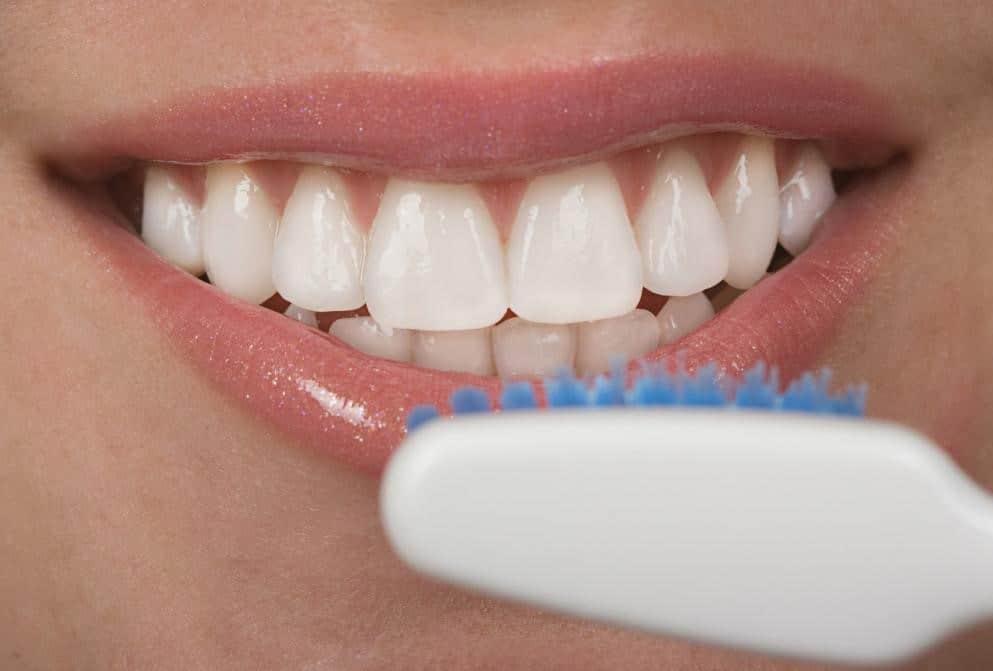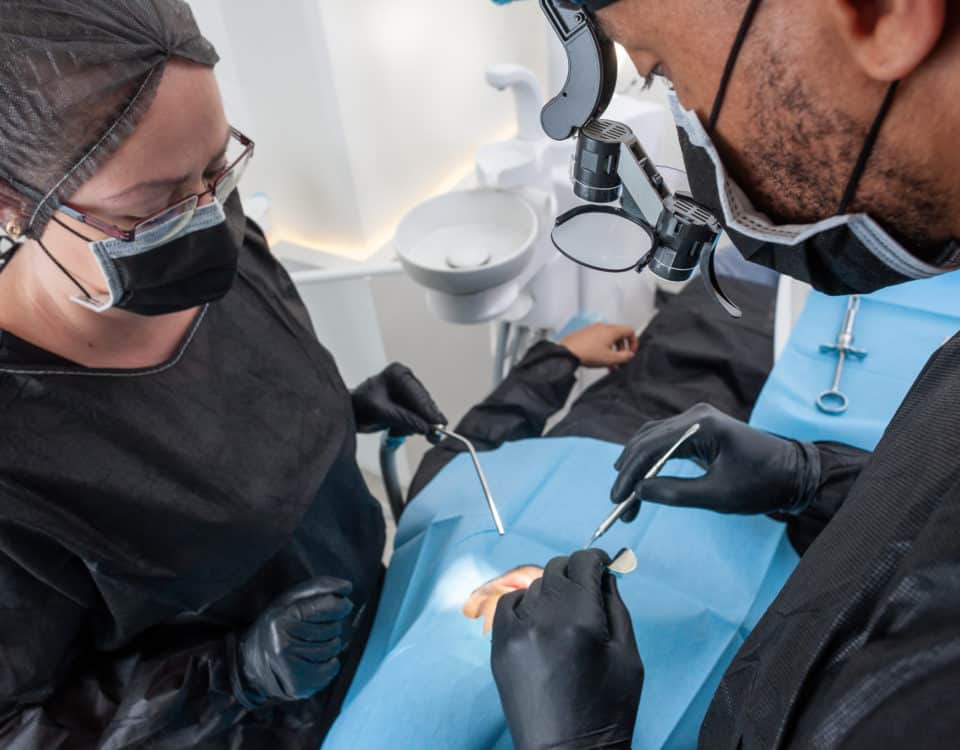
Can You Get An Affordable Specialist For Dental Implants?
mayo 8, 2019
FAQs about Veneers in Costa Rica
mayo 15, 2019When upper posterior implants are necessary, the surgeon is very aware and cognizant about the location of the maxillary sinus. This is typically a concern when replacing upper molar and sometime premolar implants. The amount of bone can be precisely determined by a 3D imaging CT scan and for estimating purposes we can utilize a quality panorex x ray. It is necessary for the surgeon to have a minimum of 10 mm of bone from the surface of the bone ridge to the floor of the sinus to place a typically 8-10 mm long strong and stable implant. If there is not enough bone, the surgeon can perform a very common procedure called a Sinus Lift and Bone Graft.
Typically, if there is between 6-9 mm of bone, the surgeon will perform an Indirect Sinus lift and bone graft. This is accomplished after drilling the hole in the bone for the implant. An instrument is placed in the hole that actually pushes the cortical bone of the floor of the sinus up and the required bone is placed in the void. Many times, the surgeon will proceed and place the implant at the same time as the Indirect Sinus Lift and Bone Graft.
Acrylic supported by a Metal Hybrid Bar
If there is 0-6 mm of bone to the floor of the sinus, the surgeon will perform a Direct Sinus Lift and bone graft. This procedure is performed by opening a small window above where the root tip used to be at the floor of the sinus. The surgeon will carefully and methodically lift the sinus membrane and place the bone in the floor of the sinus. During the Direct Sinus Lift and bone graft, more bone is necessary and placed on the floor of the sinus to gain the additional bone necessary to place the implant. Typically, the implant is not placed at the same time as this procedure but after 4-6 months, the implant can be placed. There is a confusion concerning the term “sinus”. When our body structures where being named, they named our skull the boney structure and our brain the soft tissue. They did not do the same for the “Sinus”. We call our boney structure a “sinus” and the membrane that expands and contracts when breathing our “sinus”. With both Sinus lifts and bone grafts, it does not have any effect on the internal membrane sinus but only places bone on the floor of the boney sinus. The membrane sinus is not more susceptible to sinus infections or problems. I have attached pictures to help you understand the reason and results of Direct and Indirect Sinus Lift and Bone Graft.
After the implants are placed and become solid in the bone (4-6 months) you will return to CR. We will uncover the head of the implant and take an impression. The laboratory will make a custom-made metal bar. This bar is to support the acrylic restoration. Acrylic restoration by itself would break the first bite of food so must have the metal for support. Then the laboratory will fabricate acrylic pink gingiva and white teeth on the bar and cover it completely. The complete unit is screwed to the implants as a permanent solution to missing teeth.
Advantages:
Less expensive, looks natural, can be repaired if teeth break
Disadvantages:
The acrylic can stain easily. For example, if you have a plastic sink in your garage and you rinse blueberries in the sink, the sink can stain. You must be cautious and brush immediately after eating. The acrylic teeth can chip and break but repaired with composite fillings. My experience is the acrylic needs to be remade on the existing metal bar about every 5 years
Solid Zirconia or Porcelain Teeth Fused to Zirconia
To have the solid Zirconia on the upper, it is necessary to have the All on 6 implants. This is due to the weight of the Zirconia restoration and the need for the additional 2 implants. On the lower, depending on the size of the jaw, it is normally acceptable to use the All on 4 but the All on 6 just offers additional support. After the implants are placed and become solid in the bone (4-6 months) you will return to CR. We will uncover the head of the implant and take an impression. The laboratory will make a solid one piece of Zirconia (pink gingiva/white teeth) or Porcelain teeth fused to Zirconia. Either is an excellent choice. Then the one unit is screwed to the implants as a permanent solution to missing teeth.
Advantages:
The restoration is one piece of Zirconia. Zirconia and porcelain do not stain with normal use. Similar to the sink in your kitchen. You can rinse as many blueberries as you desire, and the sink does not stain if you rinse sink and normally last a lifetime. The same with your Zirconia (porcelain) restoration….. it is meant to last a lifetime. In my many years, I have never had a Zirconia restoration chip or break.
Disadvantage:
More expensive Both are excellent choices. The main differences are the Acrylic will stain and need to be replaced. The Zirconia is meant to be a lifetime with normal use and care. Once you arrive to the clinic, our team will take a 3D imaging CT scan. They will then be able to determine the best options for you whether it is the All on 4 or All on 6.
Costa Rica Dental Implants | Request a Free consultation today



